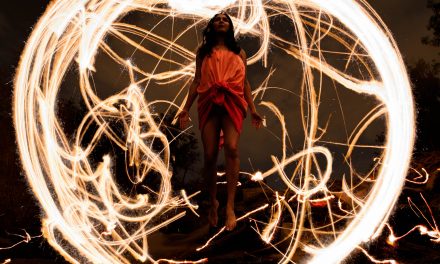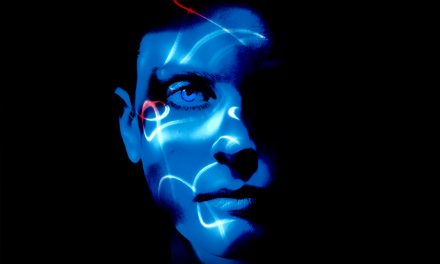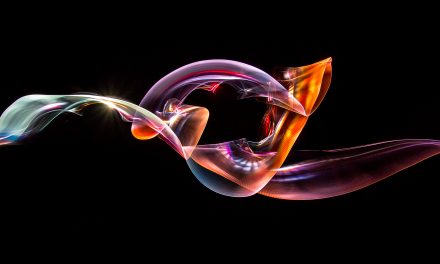
IMAGINATION – TAO LP 8

You know, imagination is rarely the subject of conversations.
Yet it should be.
We know it exists, but no one speaks much of it, and most of us don’t understand what it truly is. While we take it for granted and often say; ” use your imagination”, do we know how it works? What is it really? Where is it located in us, and should we use our “imagination”?
From what I understand, through my experimentation, imagination is probably the best tool to create with. Not only for art but to more importantly to create the everyday reality.
From what I gathered everything we created comes from the imagination realm. It seems to be the natural internet of the subtle, connector of different realities.
The well-respected anthropologist, Wade Davis, goes as far as say that cultures were born of the imagination. See TED talk below; it’s worth it.
That means if we look at our collective narrative and the popular culture we can directly see how we, as a species, are using our imagination.
If we look at history, in all various cultures, we can also see when the imagination was thriving.
Today, I see a world where imagination is underused and poorly cultivated. Imagination is rarely encouraged, practiced, or explored properly. Yet it should be.
I do believe that we can tap into much greater potentials using our given tool by practicing consciously and daily.
Now about light painting. I observed we have a creative form of art that enhances this inwards ability.
Light painting is, by nature, connected to the imagination, it is an art of the imagination. Creating without seeing what we do, in the dark, is a blessing to the ability to imagine.
I believe that the more we light paint, the better we can imagine.
This affects every part of our lives to enhance our reality and create richer personal and collective cultures.
From Tim O’Reilly’s interview:
“Our job is to imagine a better future because if we can imagine it, we can create it. But it starts with that imagination. The future that we can imagine shouldn’t be a dystopian vision of robots that are wiping us out, of climate change that is going to destroy our society. It should be a vision of how we will rise to the challenges that we face in the next century, that we will build an enduring civilization, and that we will build a world that is better for our children and grandchildren and great-grandchildren. It should be a vision that we will become one of those long-lasting species rather than a flash in the pan that wipes itself out because of its lack of foresight.
We are at a critical moment in human history. In the small, we are at a critical moment in our economy, where we have to make it work better for everyone, not just for a select few. But in the large, we have to make it better in the way that we deal with long-term challenges and long-term problems”.
More from Tim and his video interview here: https://www.edge.org/conversation/tim_oreilly-reality-is-an-activity-of-the-most-august-imagination
And as Albert Einstein so eloquently stated:
“Imagination is everything. It is the preview for life’s coming attractions.” and “Reality is merely an illusion, albeit a very persistent one.”
From the article in the Huffington Post by Lamisha Serf-Walls: 5 Reasons Imagination Is More Important Than Reality:
https://www.huffingtonpost.com/lamisha-serfwalls/5-reasons-imagination-is-_b_6096368.html
I recommend this read.
According to Wikipedia:
Imagination also called the faculty of imagining, is the creative ability to form images, ideas, and sensations in the mind without any immediate input of the senses (such as seeing or hearing). Imagination helps make knowledge applicable in solving problems and is fundamental to integrating experience and the learning process. Basic training for imagination is listening to storytelling (narrative), in which the exactness of the chosen words is the fundamental factor to “evoke worlds”.
I recommend the full read here:
https://en.wikipedia.org/wiki/Imagination
How it works, according to Popular Science:
https://www.popsci.com/science/article/2013-09/how-imagination-works
And an interesting quote from QUARTZ Media:
The brain’s default mode network, or as we like to call it, the “imagination network,” is particularly important for creativity. The default mode network, first identified by neurologist Marcus Raichle in 2001, engages many regions on the medial (inside) surface of the brain in the frontal, parietal and temporal lobes.
We spend as much as half our mental lives using this network. It appears to be most active when we’re engaged in what researchers call “self-generated cognition”: daydreaming, ruminating, or otherwise letting our minds wander.
The full article here: https://qz.com/584850/creative-peoples-brains-really-do-work-differently/
https://qz.com/584850/creative-peoples-brains-really-do-work-differently/
TAO LP (The Art Of Light Painting).















